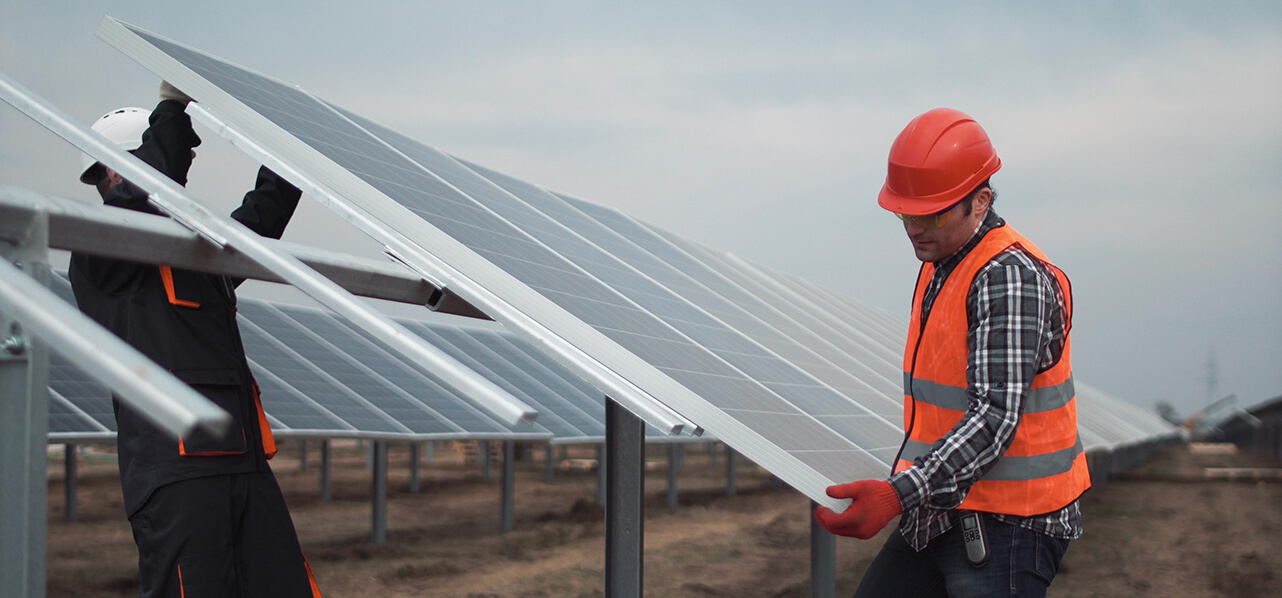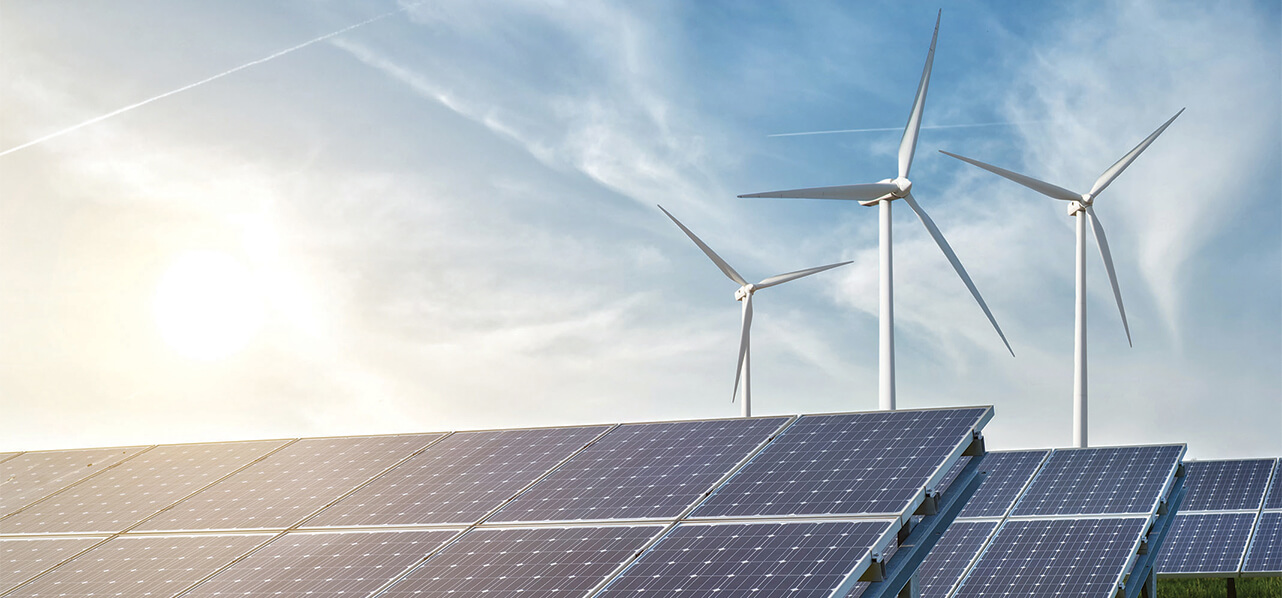Partner London
"The proposals fall within the so-called 'Great Grid Update' – the most significant restructuring of the transmission network in modern history – and are anticipated to power up to four million homes."
National Grid’s proposed cable routes, Eastern Green Link (“EGL”) 3 and EGL 4, form an important part of the UK’s strategy to reduce carbon emissions and increase energy security. Currently, the transmission network lacks the necessary capacity to reliably transport energy generated in Scotland (primarily from offshore wind) to demand centres in England. This, coupled with National Grid’s aim to develop a coordinated network design, should help mitigate risks and accelerate timings for developers in the longer term, though some users seeking connections in the shorter term (i.e. before 2033) may bear the delays involved in waiting for the reinforcements to be delivered.
The proposals fall within the so-called “Great Grid Update” – the most significant restructuring of the transmission network in modern history – and are anticipated to power up to four million homes. Communities in Lincolnshire and Norfolk are invited to comment on the proposal until 17 June 2024. The consultation focusses on where the new onshore infrastructure could be built and what local communities would like National Grid to consider as it continues to develop its transmission network. Since the projects are in their early stages, community feedback – along with environmental and technical assessments – will assist in tweaking the proposals before submission to the Planning Inspectorate.
Despite being separate projects, EGL 3 and EGL 4 are being developed in parallel. This will enable a single Development Consent Order (“DCO”) application and will reduce the impacts on local communities and the environment. Following the end of the current (non-statutory) consultation, a further (statutory) consultation will take place. This will end in 2025, with the DCO application being submitted the following year. If planning permission is granted, construction is expected to start in 2028 and conclude in 2033.
Early engagement with local communities is also consistent with The Crown Estate’s recent attitude to new offshore wind projects. This goes some way to promoting a more transparent and open approach to the development of public infrastructure. Encouraging a collaborative and supportive approach will hopefully help streamline the development process and de-risk future projects.
London Trainee Marcus Hensher also contributed to this article.
Key contacts
Key contacts
Partner London
Counsel London
Senior Associate London






